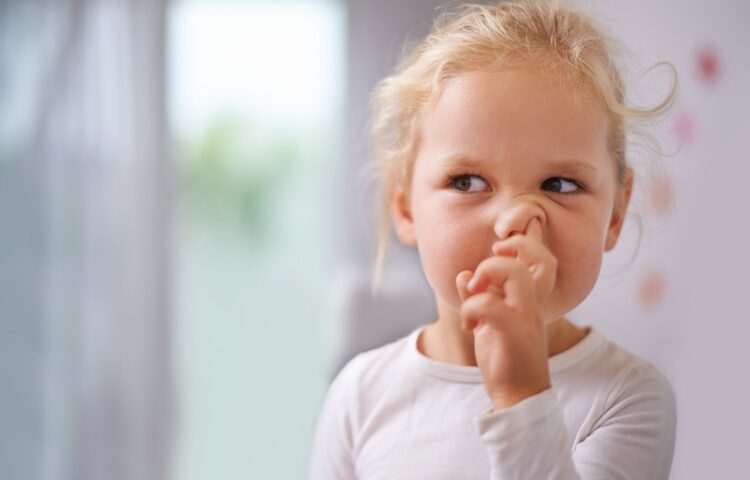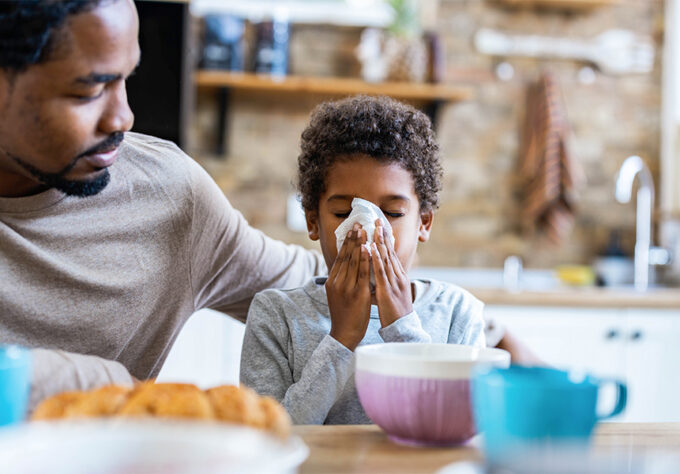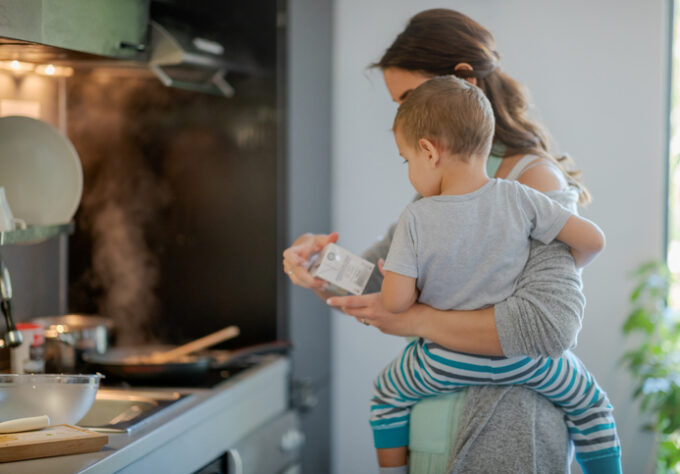It seems like everyone has a story that involves a child, a small object, and an orifice: a bean in a nostril, a pebble in an ear—maybe even a swallowed Barbie shoe or penny. It’s no wonder these instances are so common. Kids are naturally curious, and their worlds contain so many things that fit just so in the body parts they’re learning to explore.
So what do you do when your child becomes one of these stories? It all depends on two things: what’s the object, and which opening is it stuck in?
First things first: If you know or suspect that your child has swallowed a button battery, get to the emergency department immediately. Swallowed batteries can cause esophageal perforation (a hole in the tube that carries food from the mouth to the stomach), and other life-threatening injuries—sometimes within hours. It’s also time to head to the ER if your child has swallowed more than one magnet. Magnets can meet up at different points in the digestive tract, causing bowel blockage and the death of intestinal tissues.
If, however, your child has something stuck in an ear, there’s no need to panic. In fact, items can remain in children’s ears for weeks or months without causing permanent harm.
If you see something in your child’s ear, or if they tell you they’ve stuck something in an ear, it’s best to make an appointment with an ENT (Ear, nose and throat specialist, or otolaryngologist). That’s because pediatric specialists have particular tools to remove foreign objects from ears, and emergency rooms generally do not. These tools let doctors see more detail in the ear, and extract objects without perforating an ear drum or hurting the child’s sensitive ear canal. There’s one exception: if the object in your child’s ear is alive—an insect or spider—visit the emergency room right away. Any movement by an insect can lead to excruciating pain in the ear. It’s no fun to think about, either.
While they’re not usually emergencies, objects stuck in a child’s nose pose their own risks. An undetected peanut or bead can get sucked back into the child’s windpipe, or can lead to sinus infections, septal perforation (a hole in the tissue that separates the nostrils), or even ear infections.
The good news is that it is possible to remove an object from your child’s nose at home. Here’s how:
- Plug the nostril that does NOT contain the foreign object
- Ask your child to close their mouth and blow strongly through the other nostril
- If the child is a baby, plug the nostril that does not contain the foreign object, and then blow forcefully into the baby’s mouth
- Or, try “milking” the object out of the nostril. Start above the object, and gently press on the outside of the nose, making your way down until the object becomes unstuck
If the object remains stuck in your child’s nostril, it’s time to make an appointment with an ENT. There, specialists can make use of suction tools, tiny grabbers, and a Fogarty catheter—a tube with a tiny inflatable balloon at the end—to safely remove the object.
Sometimes, children breathe foreign bodies into the windpipe, causing damage or irritation to the airway. To reduce this risk, avoiding giving foods like nuts, popcorn, hot dogs or carrots to children until they have the molars they need to chew these foods. Objects like safety pins, small earrings, press-on nails and eggshells can also become lodged in a child’s windpipe.
Of course, the best way to handle foreign objects in your child’s ears, nose, mouth and throat is to keep them out altogether. Always remind your children: Don’t put anything in your ears or your nose, and never put anything in your mouth that isn’t food.



